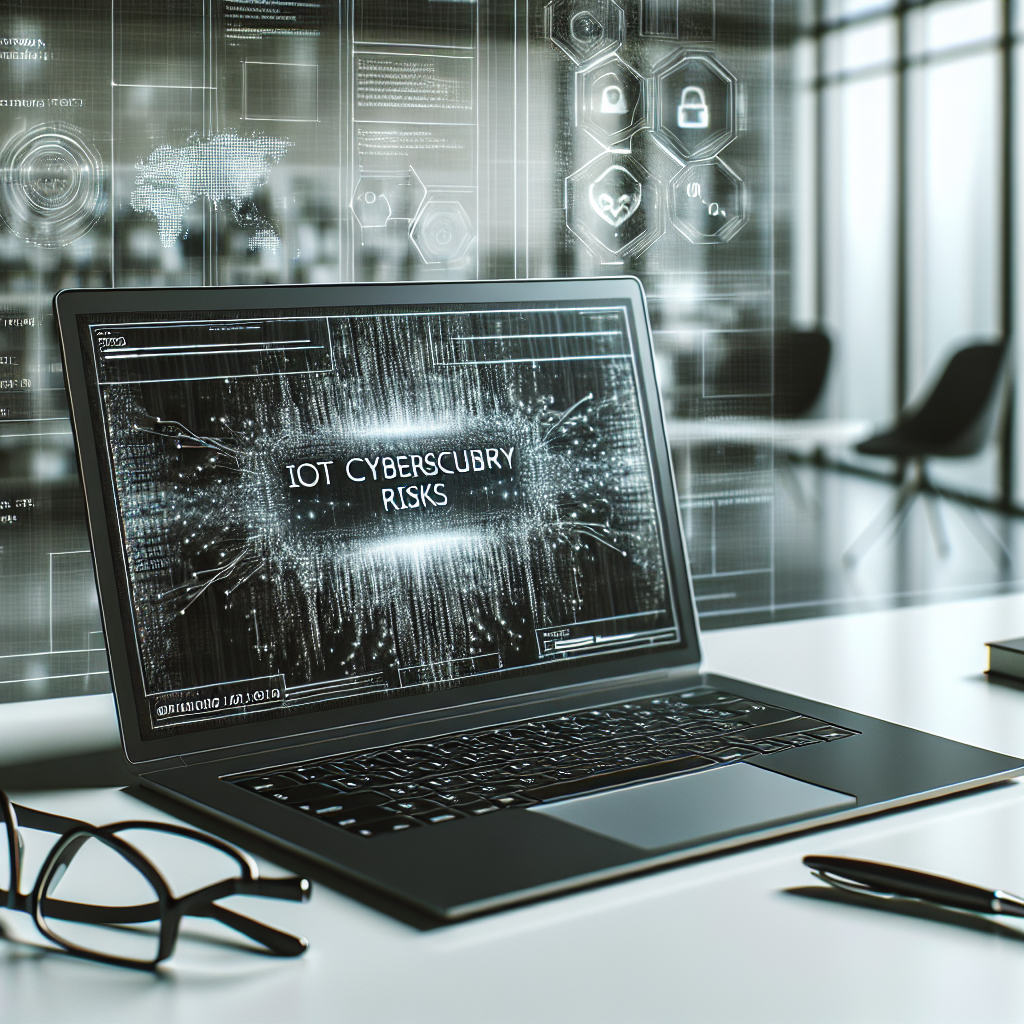
The Internet of Things (IoT) has transformed our daily routines, making once mundane tasks incredibly convenient. From smart thermostats to connected refrigerators, these devices promise to enhance our lives in numerous ways. However, as we embrace this technology, it’s crucial to understand the potential security risks associated with the proliferation of smart devices. The more devices we connect to the internet, the more opportunities we create for cybercriminals to exploit our vulnerabilities. Let’s explore these challenges and discuss practical strategies for consumers and businesses to safeguard themselves in an increasingly connected world.
Smart devices often come with a variety of enticing features, but they can also carry significant risks. One of the primary challenges is that many of these devices are manufactured with limited security protocols. A recent study found that nearly 70% of IoT devices are vulnerable to security attacks due to poor protection mechanisms【4:0†source】.
Many consumers assume that the manufacturers will provide adequate security measures, but that is not always the case. Features like default passwords, infrequent software updates, and hard-coded credentials make these devices attractive targets for malicious actors. For instance, in 2016, the Mirai botnet attack utilized thousands of unsecured IoT devices to launch a distributed denial of service (DDoS) attack, demonstrating the potential havoc that can ensue when common security practices are neglected.
Moreover, as businesses adopt smart technology for various operations, the risks multiply. Connected devices in offices can offer pathways for hackers to access sensitive information. For example, a compromised IoT device used in workplace automation could lead to data breaches or unauthorized access to financial systems.
Secure your agency now with a FREE Cyber Security Assessment! Identify your vulnerabilities before it’s too late. Click here to schedule: Cyber Security Assessment 🔒
With the potential costs associated with a data breach—including reputational damage and hefty fines—it’s imperative to adopt effective strategies both at home and in the workplace. Here are key practices to follow:
Many smart devices come with default usernames and passwords that are often easy for hackers to guess. As a first line of defense, ensure you change these settings as soon as you set up your device. Create strong, unique passwords—ideally, a combination of letters, numbers, and symbols that are difficult to replicate.
Manufacturers occasionally release updates aimed at improving security, yet many users neglect to install these updates. Regularly check for and install firmware updates to ensure your devices are protected against newly identified vulnerabilities. Setting devices to update automatically can simplify this process.
If possible, create a separate guest network for your IoT devices while keeping your computer and personal devices on a different, secure network. This strategy helps isolate potential risks by ensuring that even if a smart device is compromised, it won’t give attackers access to your more sensitive systems.
For businesses, investing in a comprehensive cybersecurity solution can dramatically reduce risks associated with IoT devices. This includes tools for network monitoring, threat detection, and employee education on cybersecurity best practices. Cyberfin offers specialized cybersecurity services, including relentless protection and zero-cost remediation for businesses in the insurance industry, ensuring that you can navigate these challenges without distractions.
As the IoT ecosystem continues to expand, so do the cybersecurity challenges it presents. Experts predict that the number of connected devices will surpass 75 billion by 2025【4:0†source】, highlighting the urgency for consumers and businesses to adopt proactive measures.
Education plays a key role in this fight. Consumers must stay informed about the latest security practices and trends, while businesses should focus on training their employees regarding potential threats.
Creating a culture of cybersecurity awareness can significantly reduce the risks associated with smart devices. It’s not just about investing in sophisticated technology; it’s about instilling good habits and practices among users.
In conclusion, while smart devices can enhance our lives, they present significant security challenges that cannot be ignored. By understanding the vulnerabilities, implementing robust security measures, and staying vigilant against emerging threats, consumers and businesses can effectively navigate the dark side of IoT.
Secure your agency against cyber threats today! Schedule a FREE Cyber Security Assessment and ensure your vulnerabilities are identified and addressed. Click here: Cyber Security Assessment 🔒
Through a coordinated effort, we can embrace the benefits of smart technology while safeguarding our critical personal and business information in this connected world.